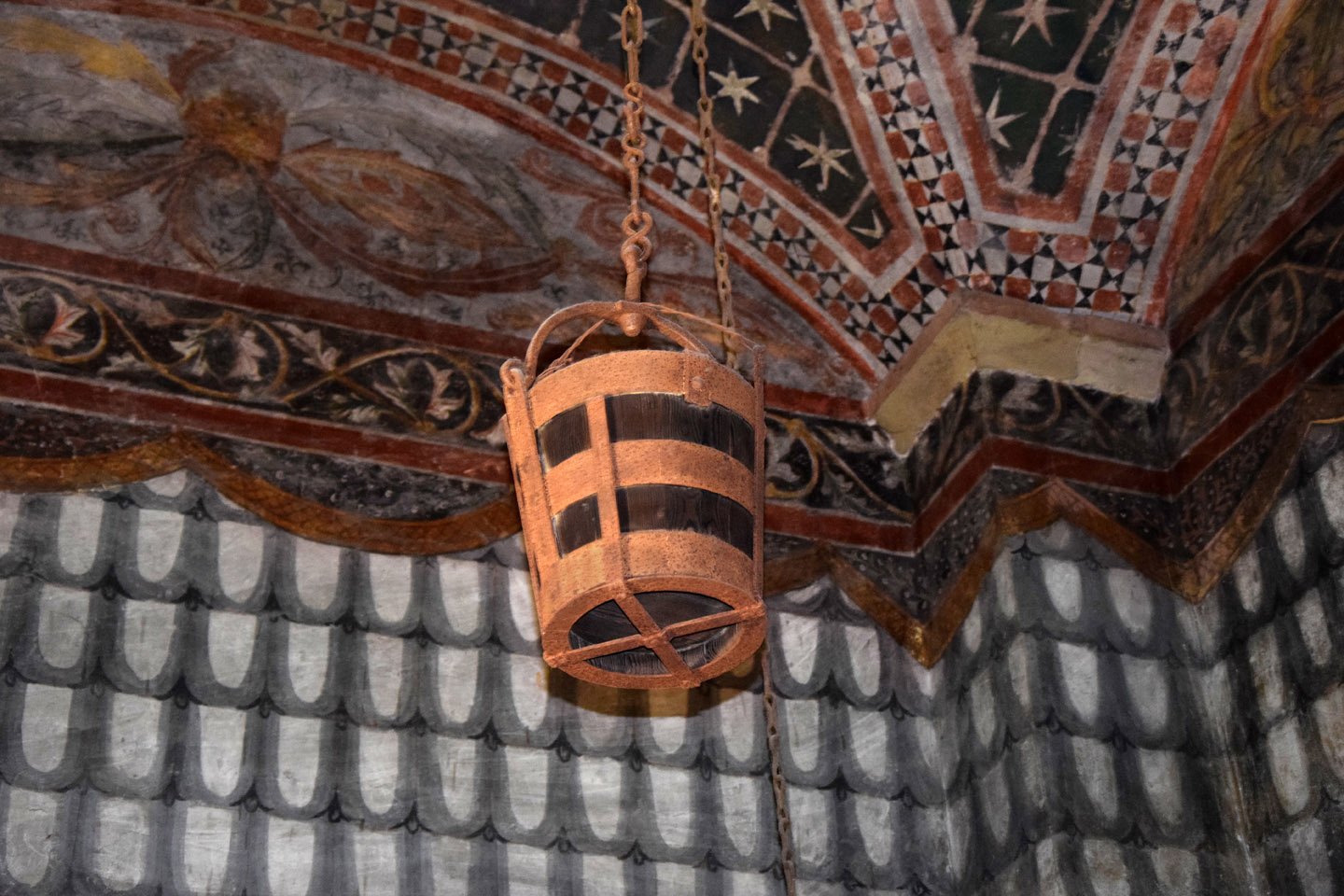Most wars in history are fought over land, civil rights, or anything in between these lines. But every now and then, we can hear about some strange or weird battle or war.
Such thing happened in 1325, when a broke between two cities in Italy. Called War of the Oaken Bucket, War of the Bucket, or Battle of Zappolino, it was a battle between the cities of Modena and Bologna.
The battle was fought and won by Modena, who still hoist this bucket in their main bell tower.
Background of the War
During the Medieval period, Italy was not a unified country. It wasn’t fully unified until 1871. At one point, the entire country was a fragmented country into various city-states and kingdoms. They were governed independently and had their own traditions, cultures, and politics.
![]()
The groundwork for the War of the Oaken Bucket was set two centuries before the official battle began. Everything began when in 1154, the Holy Roman Emperor Frederick Barbarossa of Germany decided he should be king of Italy. He declared himself God’s chosen earthly representative. But that statement put him at odds with the Italians. They argued that the pope crowned Barbarossa as Holy Roman Emperor, meaning the pope was God’s anointed representative.
During that period, the pope was always the one who bestowed spiritual recognition on European Christian rulers. Barbarossa responded by conquering Milan, Tortona, Pavia, Bologna, and Tuscany. And after the talks with Pope Alexander III failed, he continued to lay siege to Italy until his defeat at the battle of Legnano by the Lombardy League.
Barbarossa retreated back to Germany, but the political rift that he left behind would keep the city-states feuding with each other for centuries.
That rift sparked the War of the Bucket in 1325.
The legend of the war
According to the legend, the conflict broke out in 1325 after a group of Modenese soldiers dashed into the rival town of Bologna. They absconded with an oak pail full of booty. And added insult was that they brought back the unlikely trophy to their hometown. There, they proudly put it on display.
![]()
The Bolognese didn’t want to be part of the joke. So, they called out their army and marched on Modena to recover the bucket and their dignity.
The small feud would become the focal point of a wider war between two powerful factions in northern Italy, the Guelphs and the Ghibellines.
The cities were also on the opposing sides of the power struggle between the Vatican and the Holy Roman Empire for political control of Medieval Europe.
The Battle Itself
For the battle itself, Bolognese mustered 30,000 foot soldiers and 2,000 mounted warriors. They were commanded by none other than Pope John XXII himself. During the Middle Ages, it was not uncommon for the popes to lead armies.
On the other hand, Modena mustered only 5,000 men at arms and 2,000 cavalry to protect and defend the bucket.
The armies met in the late afternoon on November 15th, near Zappolino, Italy. Despite being heavily outnumbered, the Modenese coalition routed the Bolognese in about two hours of heavy fighting.
The Bolognese and Guelphs withdrew in humiliation with the Modenese in pursuit. They chased the fugitives to the gates of Bologna, where they taunted them once again.
The battle represented a political setback for the Guelph cause and by extension the Papacy. Some historical accounts say that the battle was fought for more than just a bucket. It represented the long-standing resentment between the two factions.
Aftermath
The battle was for more than just a bucket for sure. According to some reports, the bucket was actually stolen after Modena defeated Bologna in the battle.
![]()
In January 1326, an armistice was signed by the two rivals. It temporarily settled matters, but the conflict between the two fractions would continue for two centuries. Things finally settled when Italy was invaded by Charles I of Spain in 1529.
Bologna never had their bucket returned. Modenese proudly displayed it up in the bell tower of the cathedral to rub Bologna’s face. The bucket is in Modena to this day. Now, it is a replica that hangs in the bell tower. According to reports, the original is on display in the Palazzo Comunale.
More than 700 years later, the bucket is still a source of playful dispute between the two cities.



